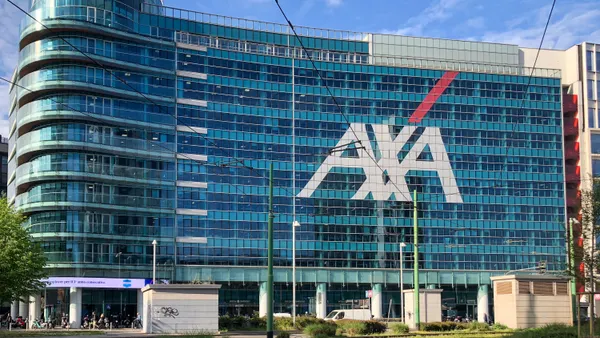IT and digital experts can produce award-winning platforms or applications, but if those products fail to address the customer or employee problems they aimed to solve, the mismatch can hamper adoption.
At Duke Energy, an emerging technology project brought video game designers, software engineers and industry experts together to infuse VR into technician safety training. In the process of improving the training experience, the company also found a new revenue stream, according to Bonnie Titone, SVP and CIO at Duke Energy.
"We just recently took that out to the market," said Titone, speaking Thursday at the Forbes CIO Summit. "And now that's going to be a revenue stream for Duke Energy, through a service to other energy companies and contractors. That's one avenue in which we're driving growth."
Bringing business and IT experts together can speed innovation, a mandate for companies looking to keep up with market pressure. Innovation hubs and other centers for collaboration can yield results for the companies that invest and support experimentation.
Cross-team cooperation was the crux of Duke Energy's approach to digital. In 2018, the company launched a transformation project called Lighthouse to scale digital across the company. A core component of that initiative was an innovation space that connected IT and business employees.
"At one point we had more than 400 people working together in that space to collaborate and embrace new technologies, work on design thinking, prioritize digital objectives, really challenging that status quo and creating smart solutions, not only for employees but also for our customers," said Titone.
The collaborative impetus stuck around through the pandemic, according to Titone. The foundation workers built while in the innovation center continued as Duke Energy went remote. "They're leveraging that practice and those principles that we put into place."
For Target, innovating while running 1,900 national stores requires cross-disciplinary product teams that link technologists with marketeers and business experts, said EVP and CIO Mike McNamara, speaking on the same panel.
To maximize impact, product teams have space to try new things, he said. "What they do is really left up to those teams, so they're given a huge amount of latitude to experiment. It's very much grassroots innovation."
With room to experiment, some failure is to be expected. With certain technologies, such as AI, one-quarter of businesses attempting AI implementation see up to half of their projects fail, according to IDC. Obsolescence and failure mean nine in 10 blockchain platforms will need to be replaced.
One way Target showcases its joint innovation projects is through quarterly demo days. In the pre-COVID-19 days, teams were set up in "what looks like a science fair: Everybody has a little booth with a little product logo on their T-shirts," said McNamara.
"It's collaborative, it's a bit of celebration, but it's also very important in terms of communicating out what is happening on the ground, and what's coming down the pike technologically speaking," McNamara said.
Duke Energy teams also host demo days to highlight cross-team collaboration, where demos are often led by employees from the business side of the house, Titone said.
Regardless of background, employees "participate in the entire end-to-end process process," said Titone. "From discovery, where we're trying to focus on the problem instead of the solution, through incubation design and ultimately the product that gets delivered."















